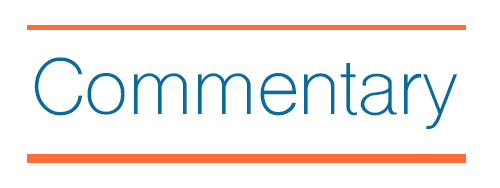Among the many economic inequities exposed and exacerbated by the pandemic is the continued existence of a “digital divide,” leaving millions of people without affordable access to broadband internet service. Community colleges that have purchased laptop computers for their students, set up wi-fi hotspots in their parking lots and likely lost thousands of students because they lacked broadband access in their homes know this all too well.

To help address this situation, Congress included approximately $7 billion for various broadband initiatives in the Coronavirus Response and Relief Supplemental Appropriations Act (CRRSAA) passed at the end of last year. Some of the programs created or expanded in this legislation will directly impact community colleges and their students.
On February 26, the Federal Communications Commission (FCC) issued an order creating the Emergency Broadband Benefit (EBB) Program. The $3.2 billion program will make discounts on broadband service and equipment available to qualifying individuals during the pandemic.
Each qualifying household may receive a discount of up to $50 per month on broadband service and a one-time discount on a computer or tablet. Individuals may qualify for the program in several different ways, but most importantly for community colleges, anyone that received a Pell Grant in the current award year is eligible.
The FCC is currently operationalizing the program and expects to have it up and running by the end of April. Community college administrators should ensure that their students are aware of this opportunity.
Other programs
CRRSAA also included $285 million for a pilot program to historically Black colleges and universities and other minority-serving institutions located in economically disadvantaged communities. Eligible recipients may receive grants to help them and their financially needy students access broadband equipment and services.
The newly created Office of Minority Broadband Initiatives at the National Telecommunications and Information Administration (NTIA) will administer the program. NTIA is currently formulating the program’s rules and expects to roll the program out soon.
In addition to these programs, CRRSAA also provided $1 billion for broadband connectivity in tribal communities and $300 million for a rural broadband initiative.
Further funding
The $1.9 trillion pandemic response bill now making its way through Congress – the American Rescue Plan Act – includes another $7 billion to help people access broadband. These funds would flow to K-12 schools and libraries through the E-rate program to cover 100% of the cost of broadband services and equipment for schools and libraries and other locations (e.g. student’s homes) during the pandemic. While community colleges and their students would not directly benefit from this initiative, the funds may indirectly help students with siblings or children who are assisted.
Looking ahead, broadband connectivity is expected to be a major component of any infrastructure legislation advanced by the Biden administration and congressional Democrats. They are expected to introduce such legislation not long after passage of the American Rescue Plan Act.





